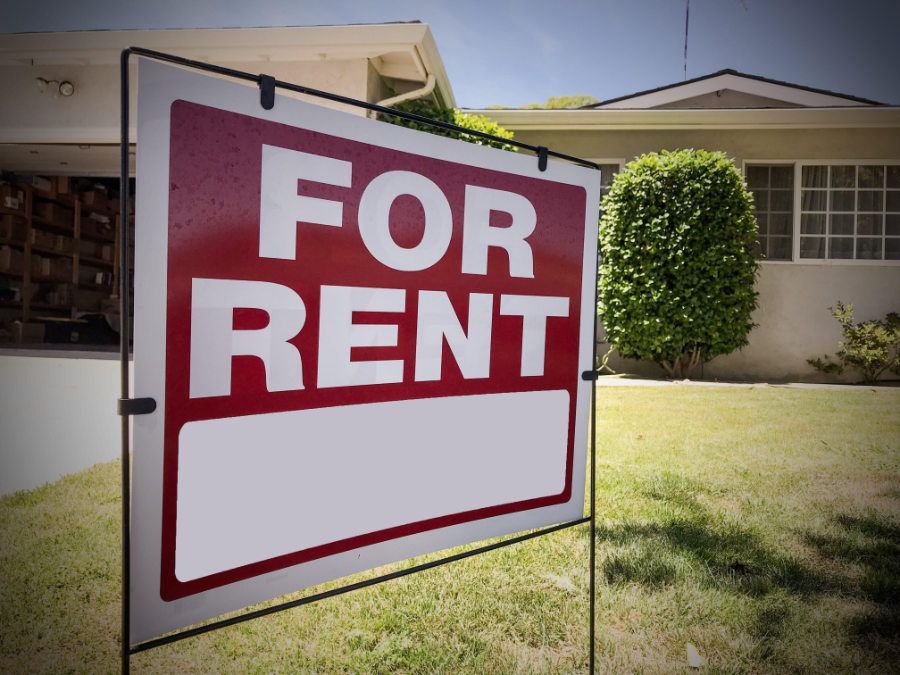How an ADU Can Add a Rental Income to Your Long Beach Home

An accessory dwelling unit (ADU) is the concept of adding or modifying a property that would be a single-family home to allow for an additional unit. Some homeowners build them to give friends or family a place to live. This is why ADUs are sometimes referred to as “granny flats or mother-in-law units.” ADUs can be a great introduction to becoming a landlord.
Below we’ll provide more information about ADUs and why they’re becoming more popular in real estate.
Different Kinds of ADUs
Suppose you have extra space in your backyard and are interested in building an ADU. In that case, a few variations exist, such as converting an existing garage, building above the garage, or building a separate structure. The most common form of ADU is the garage conversion. They typically already fall within the 800 sq ft or 50% of the primary residence (whichever is greater) size limits. While the majority of the structure is already built, which can economize the rest of the building. While more expensive upfront, building a separate structure allows you to take the build to its limits. This will enable you to configure the unit how you please, which can significantly affect the ADU rental income. Some cities allow building ADUs above garages. However, this is incredibly limiting and sometimes not allowed. Lakewood, for example, currently does not allow this. Although infrequent, the building code does allow for attic and basement ADUs.
Building an ADU
While you can configure an ADU to your liking when building it from the ground up, there are regulations you must follow. As previously stated, an ADU can’t be bigger than 800 sq ft unless the main house is big enough to accommodate the extra size. When you build, remember that a dedicated parking may be required unless you are within a half mile of public transportation. ADUs must be designed for long-term rentals, meaning you cannot list them on sites like Airbnb. Remember that an ADU is similar to a duplex because it's part of the property and can’t be sold separately. Depending on your city and county, there may be other regulations for building an ADU. It's best practice to find a reliable contractor and architect to help you with your build.
Buying a Home with an ADU
Because an ADU cannot be sold separately from the house, there are some property listings with ADUs built on the property already. While some listings may outright state an additional unit in the description, sometimes you’ll need to dig deeper to find them. Carefully read the report and look at the provided pictures not to miss them.
Potential ADU Rental Income
When you have an ADU, it's similar to having a duplex. You can live in one unit while renting out the other to increase your monthly income. There are many factors to consider when analyzing how much income an ADU can provide. Such as the location, size, configuration, and what, if any, amenities you’ll be providing to the tenant. For better context, you can search how much apartments and duplexes rent in your area. That being said, ADUs can reach an income of $2,000-$2,200 per month. If you also rent the main house, you could earn an additional $3,0000-$3,300+ monthly.
ADUs are incredibly useful structures, and if you want to dip your toes and become a new landlord, they’re a great way to start. Though if you feel like you may need help finding an
architect to design your ADU or need help managing your ADU, we invite you to call us today at (562) 888-0247 or fill out our
Owner Application online.





